Bridge Pier Protection System
Hongruntong Marine supplies high-quality bridge pier protection, including system, dolphins, key protection, and collision solutions for highway, railway & port bridges.
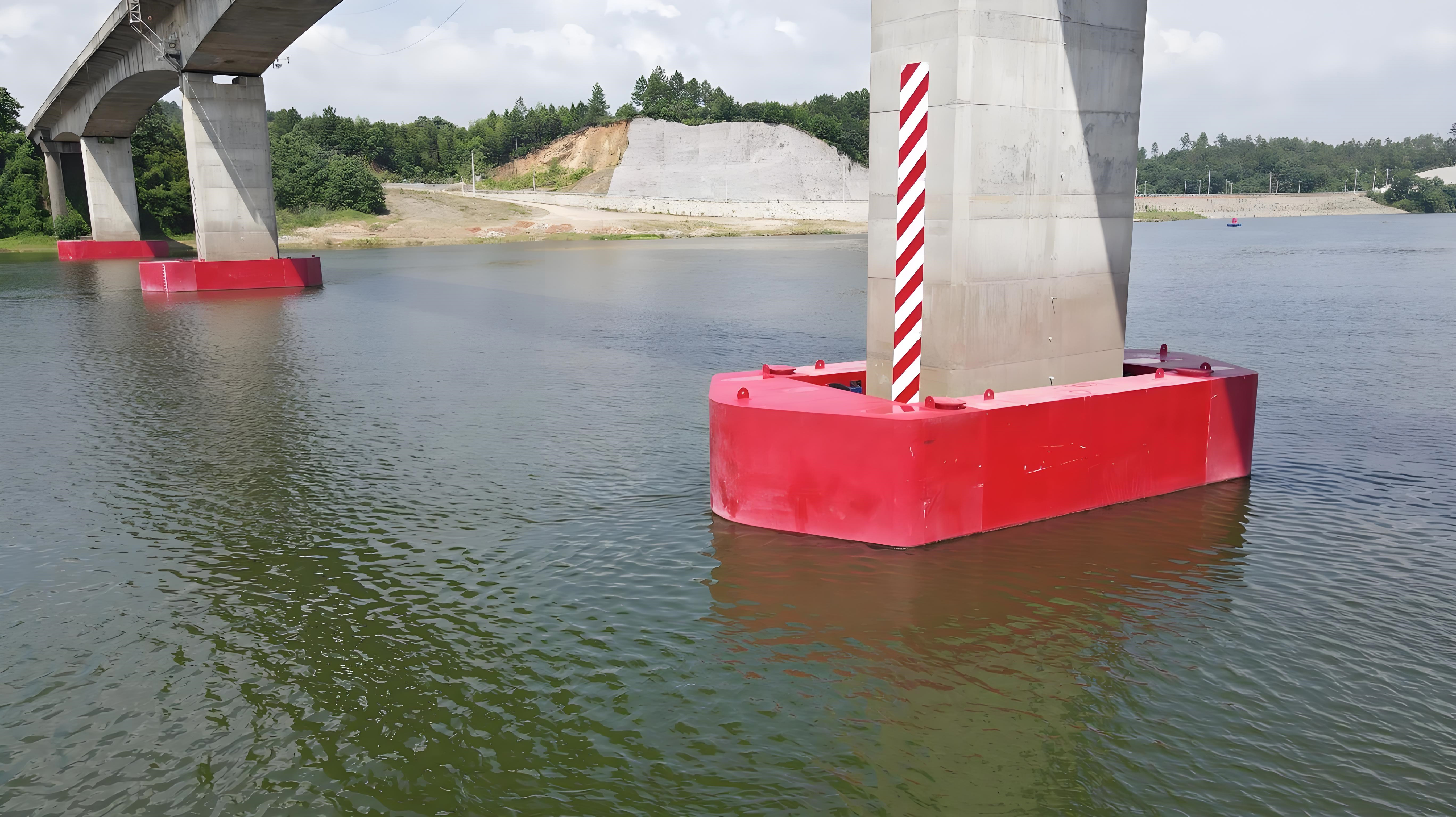
As a leading manufacturer of infrastructure safety equipment, Hongruntong Marine focuses on developing reliable bridge pier protection solutions to address the critical risk of vessel collision and structural damage for bridges worldwide. Our product portfolio covers integrated bridge pier protection system, specialized bridge pier protection dolphins (floating/fixed anti-collision structures), and targeted key bridge pier protection (for high-risk piers in busy waterways)—all engineered to deliver robust bridge pier collision protection and extend the service life of bridge infrastructure. We serve clients across transportation departments, bridge construction firms, and port authorities, combining industry experience with advanced materials to meet diverse project requirements.
Features & Benefits
-
Comprehensive Protection Systems: Our bridge pier protection system incorporates multiple defense layers including primary impact absorption, secondary containment barriers, and integrated monitoring capabilities that provide complete protection for bridge piers against vessel collisions and environmental forces
-
Advanced Dolphin Technology: The bridge pier protection dolphins utilize patented energy-absorption mechanisms with progressive resistance characteristics that effectively dissipate impact energy while maintaining structural integrity during collision events
-
Critical Infrastructure Focus: Specialized key bridge pier protection solutions are engineered with enhanced safety factors and redundant protection elements to ensure maximum security for strategically important bridges and high-traffic waterway crossings
-
Proven Collision Performance: All bridge pier collision protection products undergo comprehensive impact testing and finite element analysis to verify performance under various collision scenarios, ensuring reliable operation when needed most
-
Durable Marine Construction: Every bridge pier protection component is manufactured with corrosion-resistant materials, marine-grade coatings, and robust structural elements designed for long-term performance in challenging aquatic environments
Applications
-
Highway and Railway Bridges: Providing impact resistance against vessel collision in navigable waterways.
-
Port and Harbor Infrastructure: Safeguarding critical berthing structures and approach spans.
-
Key Bridge Structures: Used for key bridge pier protection in national transportation networks.
-
River Crossings and Causeways: Offering reliable bridge pier collision protection in inland waterways.
-
Industrial and Offshore Projects: Supporting structural safety for marine terminals and industrial crossings.
Technical Specifications
-
Material: Marine-grade composite with reinforced polymer structure
-
Buoyancy Core: High-density closed-cell foam
-
Outer Layer: UV-resistant polymer coating
-
Dimensions: Customizable (Length 5m–20m, Diameter 1m–3m)
-
Impact Resistance: ≥ 300 kN depending on design
-
Service Life: 20+ years in marine conditions
Detailed Photos
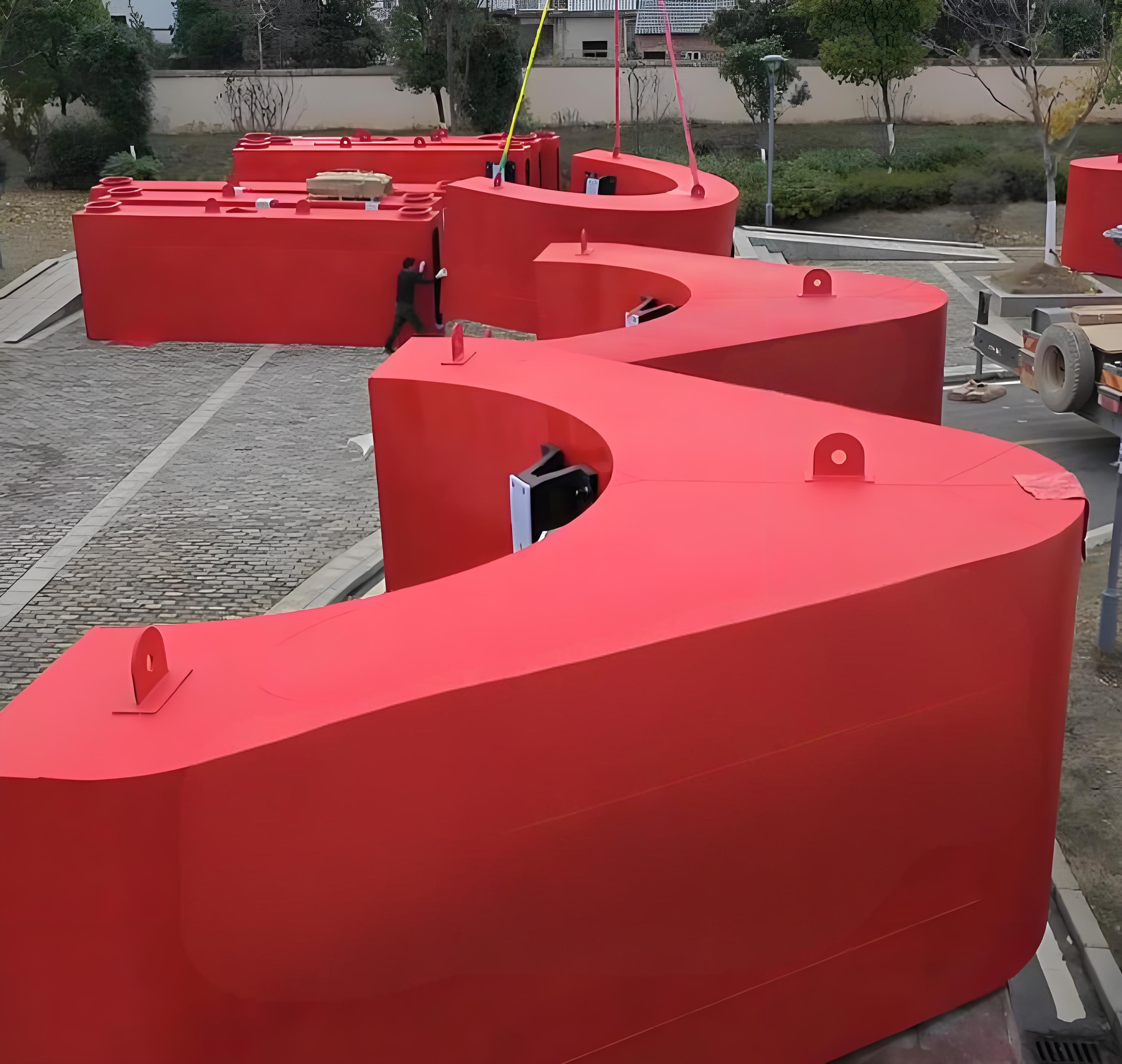
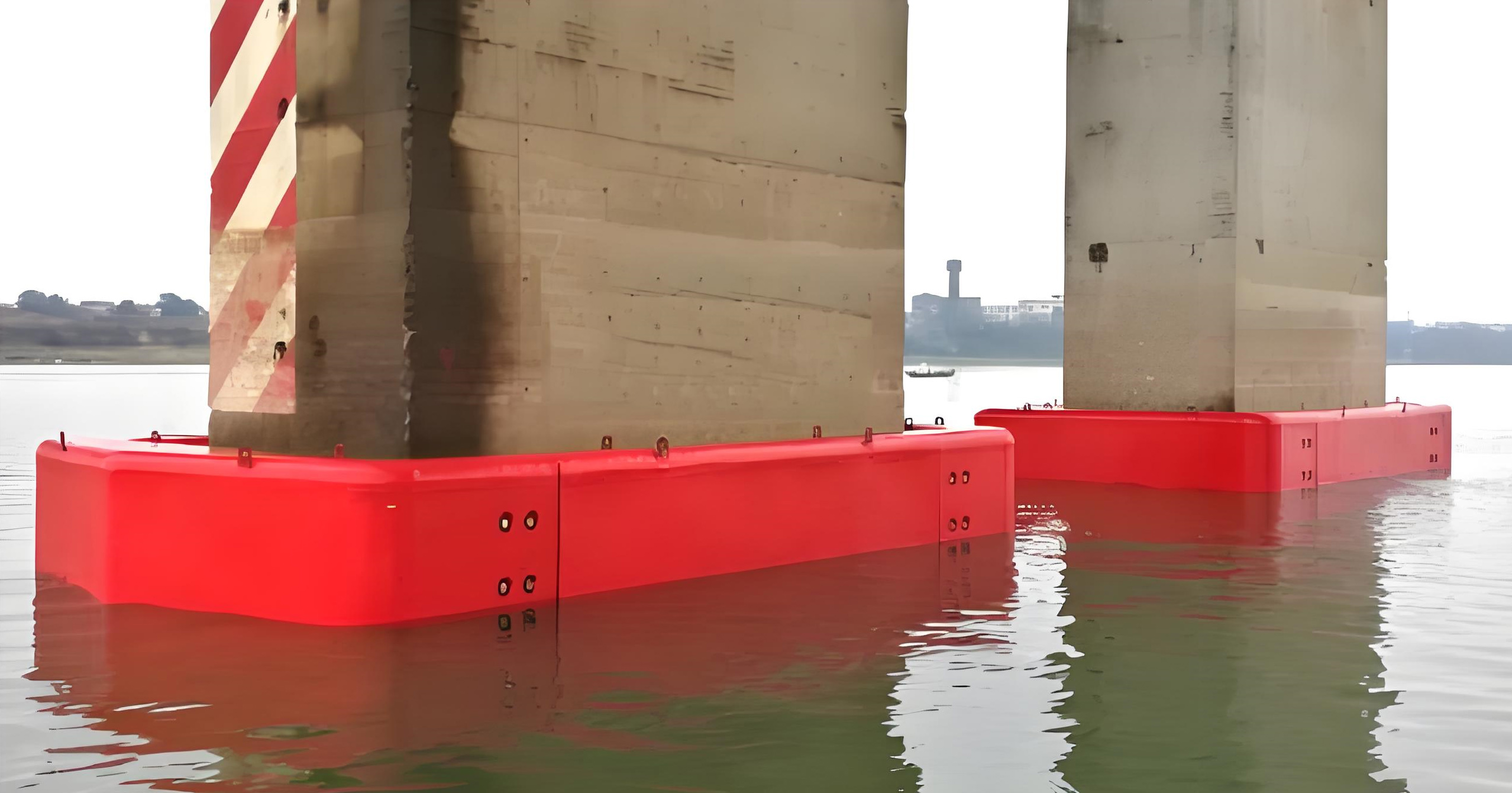
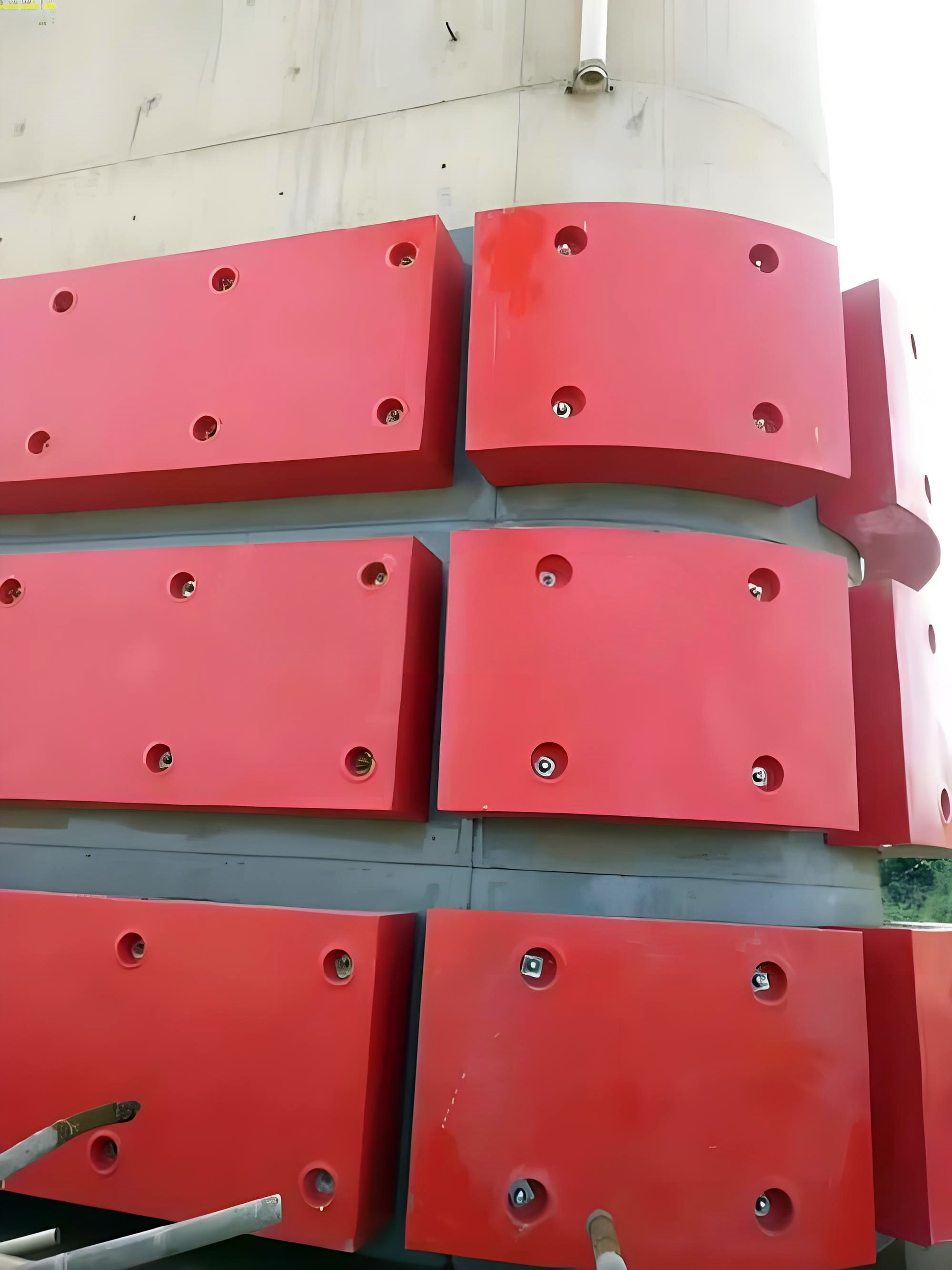
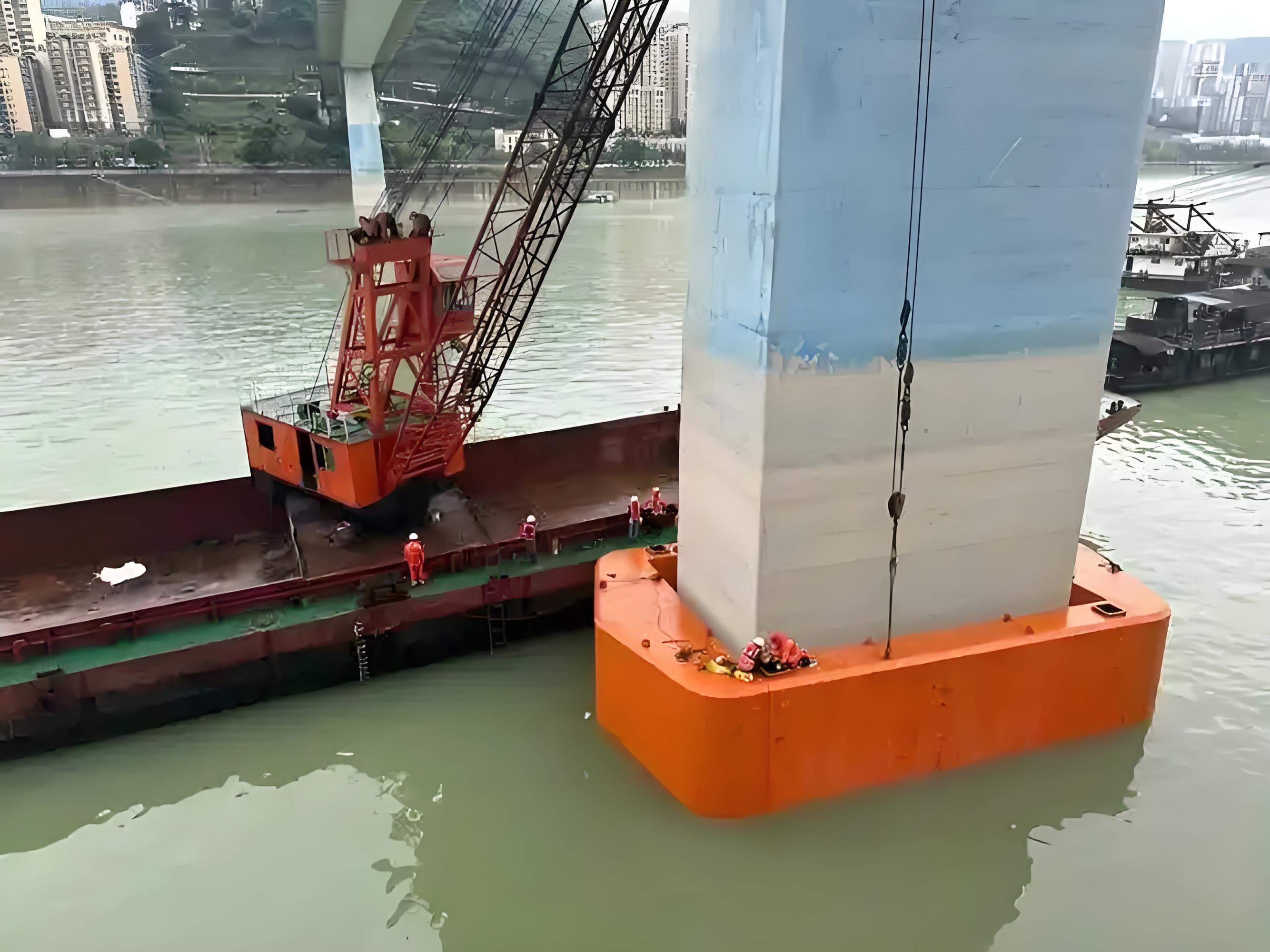
Why Choose Hongruntong Marine?
- Customization Capabilities: We don’t just offer standard products—we tailor bridge pier protection system, dolphins, and key bridge pier protection solutions to your project’s unique needs (pier size, water conditions, vessel traffic volume) through in-house engineering and site surveys.
- R&D & Material Innovation: Our team continuously upgrades products, such as developing high-elasticity rubber for bridge pier protection dolphins (improving impact absorption by 30%+) and integrating IoT sensors into the bridge pier protection system for real-time condition monitoring.
- Full-Lifecycle Support: We provide end-to-end service—from initial design and on-site installation guidance to post-sales maintenance and replacement parts supply—ensuring your bridge pier protection remains effective long-term.
- Cost-Effective Manufacturing: As a direct manufacturer, we eliminate middlemen markup, offering premium bridge pier protection solutions at competitive prices without compromising quality or safety performance.
Quality & Service
At Hongruntong Marine, quality assurance is integrated into every stage of production — from raw material inspection to final installation. All bridge pier protection systems undergo rigorous testing for energy absorption, structural stability, and corrosion resistance.
Our technical team provides full project support including design consultation, engineering simulation, on-site supervision, and after-sales service to ensure optimal system performance and customer satisfaction.
FAQ
Q1: What makes the composite floating protection better than steel structures?
A: Composite materials are lightweight, non-corrosive, and offer longer service life with reduced maintenance compared to steel.
Q2: Can the Bridge Pier Protection System be customized for unique bridge designs?
A: Yes, we design and manufacture according to specific bridge dimensions, water depth, and vessel traffic conditions.
Q3: How is the system installed?
A: It is anchored around bridge piers with marine-grade connectors and chains, allowing floating adaptability to water levels.
Q4: What is the typical lifespan of the system?
A: More than 20 years under normal marine conditions with minimal maintenance.














